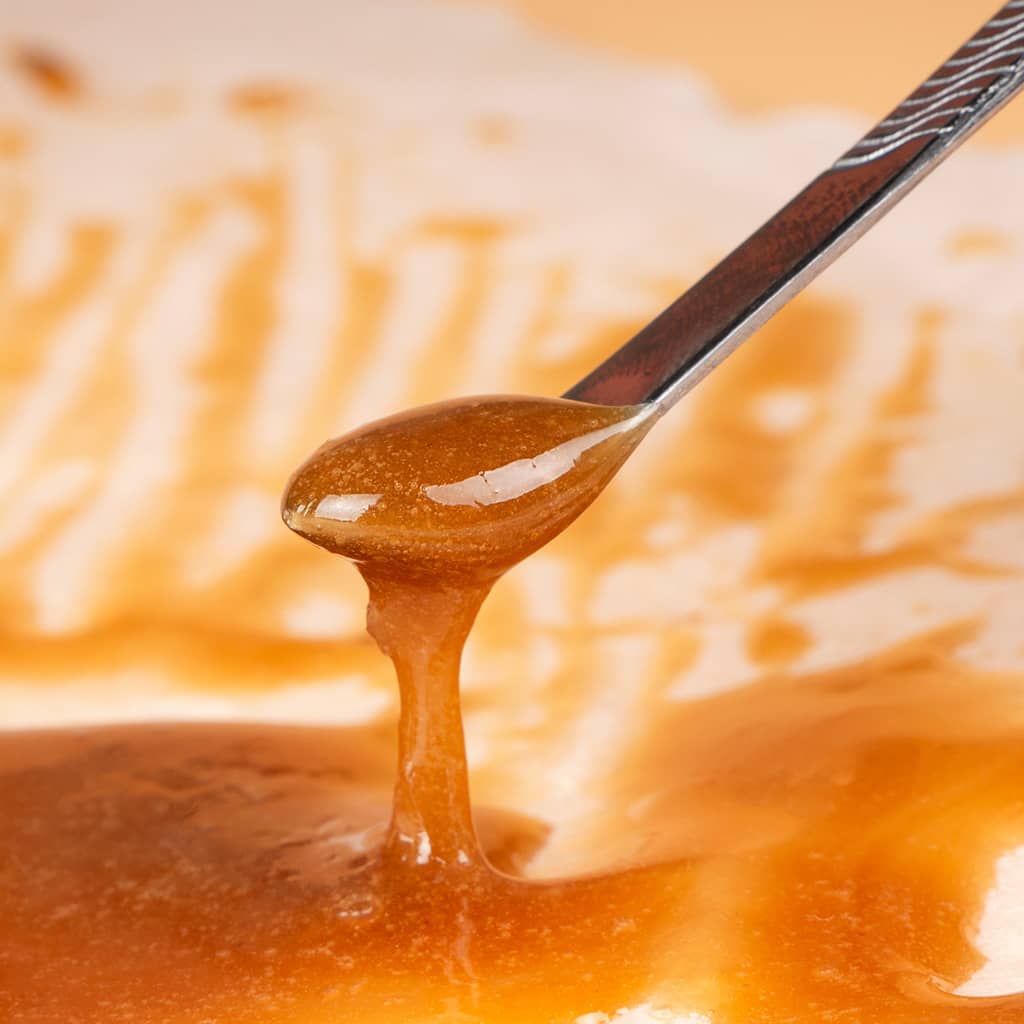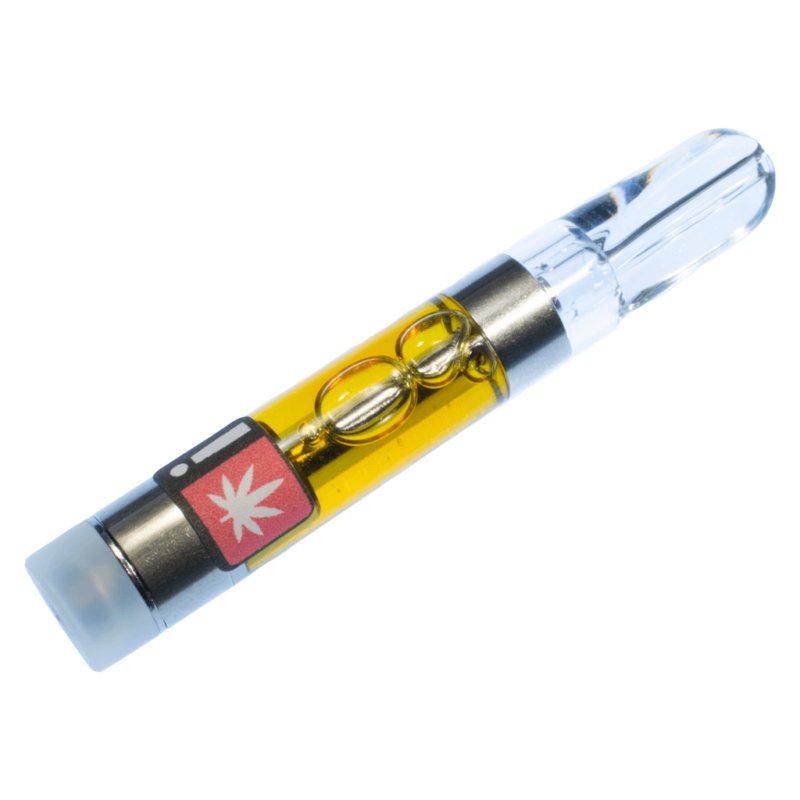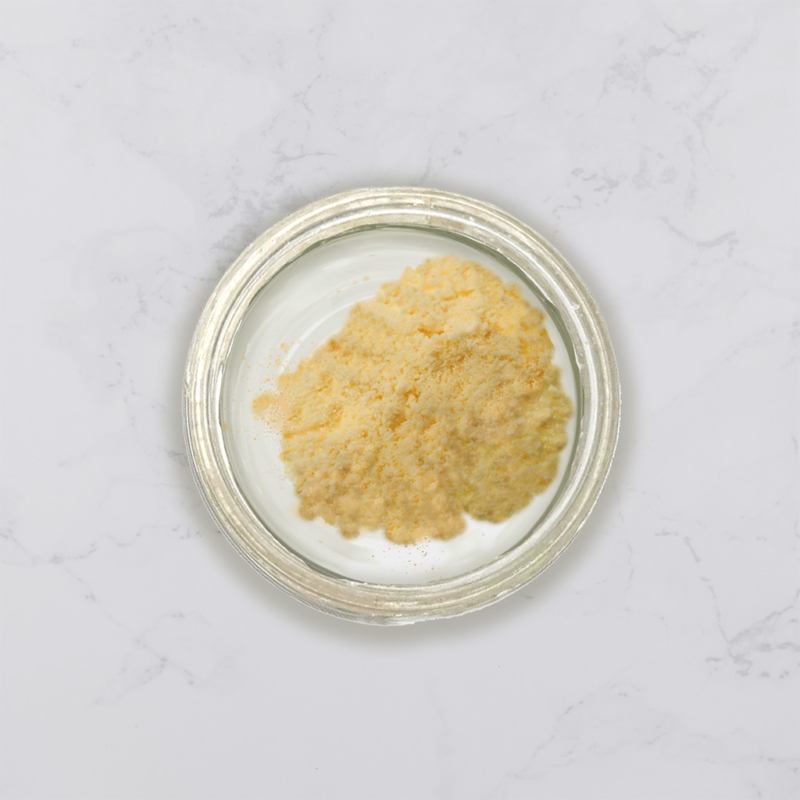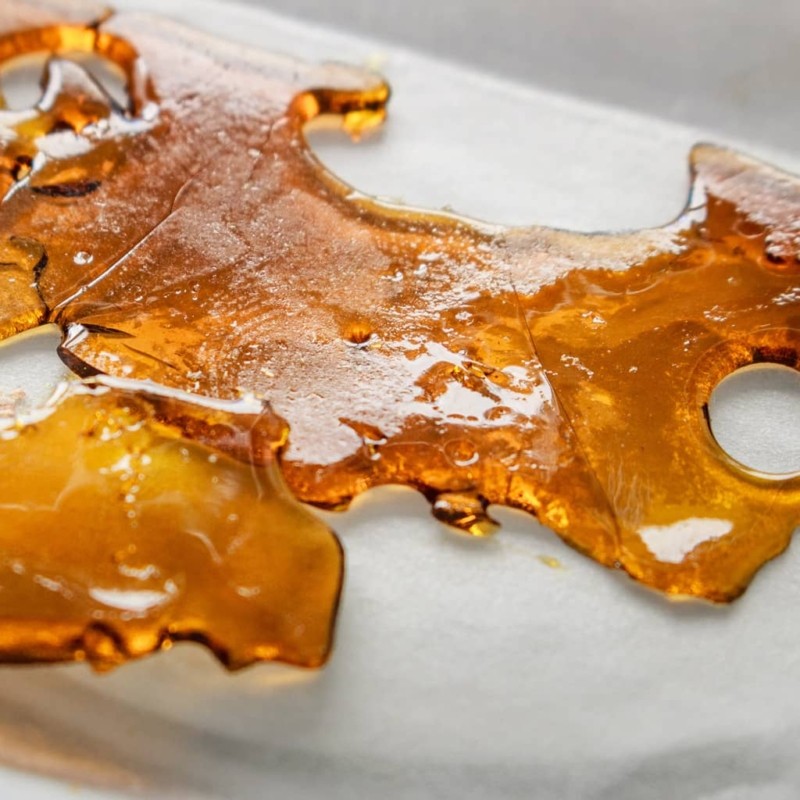History Of Hemp: Where It All Began
Written by: Scott Sondles
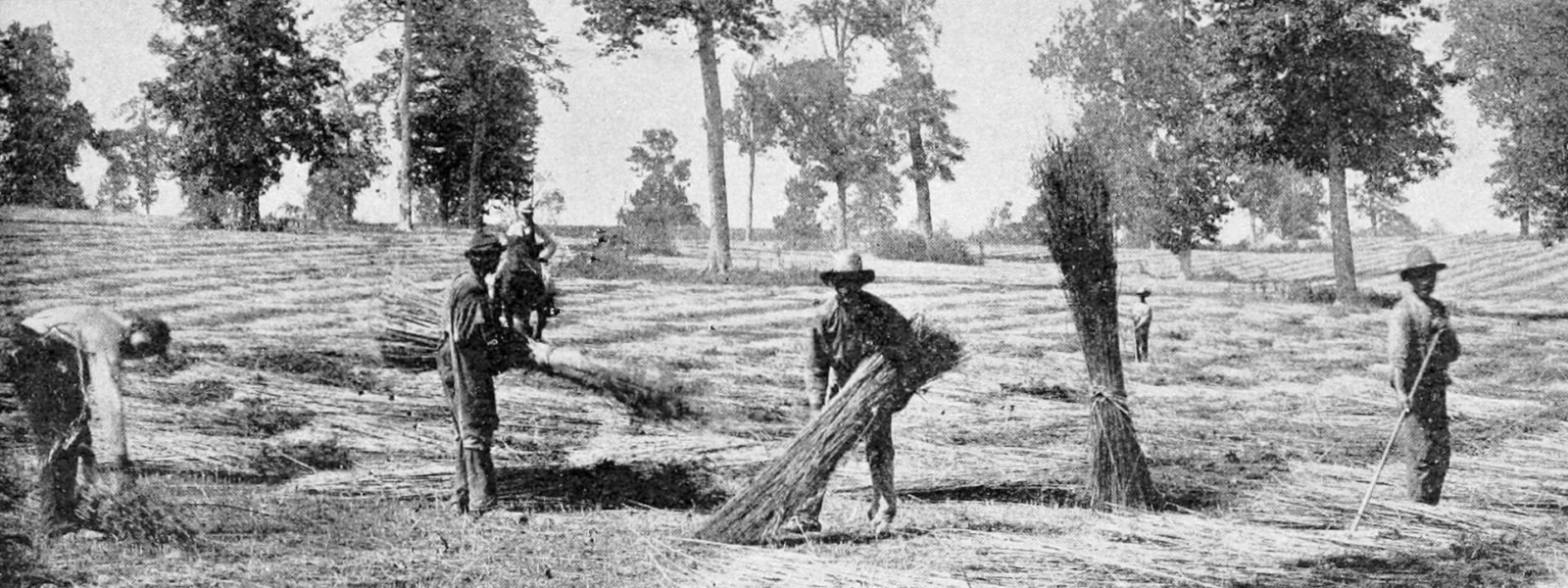
Hemp may be the most controversial and misunderstood plant in modern-day history, but it wasn’t always that way. The hemp plant has a long history of human cultivation and it has been bred throughout generations to provide medicine, food, and fiber. Many people call it a miracle plant, but what we know for certain is that it provides a tremendous amount of fiber (lignocellulosic biomass), nutritional seeds, and oils, and is the only plant species to produce cannabinoids. Historically, hemp was most widely cultivated for fiber and seed, but in recent years there has been a new focus on growing hemp for non-psychoactive cannabinoid production.
Dawn of Agriculture
Hemp was one of the first plants to be domestically cultivated and there is evidence that hemp was first cultivated around 10,000 years ago. The dawn of agriculture occurred right after the last ice age (10,000 – 15,000 years ago) and this important crop hemp played a pivotal role during humans’ transition from hunter-gatherers to farmers. The birth of agriculture was the first time that humans took nature into their own hands and hemp was one of the first plants to be domestically bred. During this time in human history, wild hemp was used for fiber and food and hemp fabric has been found that has been carbon-dated to 8000 BC.
Colonial Past
One could say the hemp crop has a presidential history and both President George Washington and Thomas Jefferson were American hemp farmers. Hemp was an essential part of the economies of the 1600s – 1800s and was the preferred raw material for producing the sails and cordage. Christopher Columbus used hemp sails on his voyage that discovered the Americas and hemp sails were essential to world commerce and military power. Early Americans brought hemp seeds with them from Europe and hemp cultivation was viewed as an essential element when it came to surviving in the new world. King James even made hemp cultivation mandatory under the law with a requirement that all landowners grow at least 100 plants. In certain areas of the world, taxes would even be paid in terms of hemp crop (can we go back to that system?). During these times the British Navy ruled the oceans and each ship required a staggering amount of sails and rigging replaced every two to three years. The harsh seas and salty environments would cause textiles to deteriorate and hemp was the most durable fiber to produce these materials. Due to the high demand for hemp product, the crop became essential to the military and naval strength of the British Empire.
Hemp, War of 1812, & Napoleon
The importance of hemp to the British Navy made hemp an essential raw material during wars and there is strong evidence that hemp supply chains became the target of naval attacks during wartime. Great Britain would get a large portion of their hemp raw materials from the Americas and their colonial outposts in Canada, but the highest quality hemp and Great Britain’s number one supplier was Russia. During this time, Russia was ruled by Tzars and many of the region’s serf communities were forced to grow hemp. Hemp is a labor-intensive crop and during this era, the majority of the work was done either by serfs or slaves. Russia produced the very best hemp due to their low-cost labor and their ability to master a process called ‘wet retting’. Water retting produced smoother and more durable hemp textiles and Russian hemp was sold at a premium on the market. During Napoleon’s rise to power and during the War of 1812, Napoleon knew about the strategic importance of Russia’s hemp industry and demanded that all of Europe halt trading with Great Britain. Napoleon’s strategy was to force the British into cannibalizing their navy by disrupting the trade for hemp sails and cordage. Russia didn’t abide by Napoleon’s demands for long, but during this time period, the British would actually seize American ships that were in the Baltic ocean and command these ships to acquire Russian hemp for the King.
1st Industrial Revolution
As sails switched to steam, hemp’s importance to economies and societies quickly diminished. Hemp sails allowed human explorers to venture into the vast ocean and discover new worlds, but the industrial revolution created a new playing field and market dynamics.
Hemp sails and rigging were no longer in high demand, but hemp remained an important crop for the American frontiersmen that needed to produce their own clothes, textiles, bagging, and rope. Furthermore, hemp bagging (think burlap bag) became an important raw material for major cotton plantations in the south. The cotton textile industry exploded in growth during the 1st industrial revolution and the majority of the cotton was grown in southern states and it was bagged in hemp bags that were made in states like Kentucky. During the late 1700s and early 1800s, the Bluegrass region of Kentucky was home to over 90% of the domestically produced hemp textiles and cordage. As the industrial revolution progressed, farmers would begin to see less and less demand for hemp production and cotton textiles produced in the mills of the industrial revolution would become the natural fiber that dominated the global market.
1937 Marihuana Tax Act
The hemp industry received its final blow when the 1937 Marihuana Tax Act passed and made both hemp and cannabis illegal. The act was pushed by the racist head of the U.S. Treasury Department’s Federal Bureau of Narcotics Harry Anslinger. Harry used anti-marijuana propaganda and racism to promote his political stance and with the help of corrupt media (newspapers), he was a success. During this time, medical professionals, farmers, and lawmakers were well aware of both the differences in marijuana and hemp and they understood the medical benefits of cannabis extracts that were being promoted by medical professionals. During the hearings leading up to the passing of the Marihuana Act, both the medical benefits and hemp cultivation were brought up to no avail as many questioned, “what is extraction and is the product a pure form of hemp?”
The prohibition on hemp was short-lived and when World War II broke out and the Japanese seized American fiber supply lines from the Philippines, it forced the United States to grow hemp for the war effort. During the war, it was estimated that American farmers across the midwest grew around one million acres of hemp fiber that went into making hemp twine, rope, and textiles for war supplies such as shoelaces, uniforms, and parachute cords. When the war ended, American policymakers should have also ended their war on hemp and sustainable farming, but after the war prohibition was put back in place and the companies that were in charge of building weapons of mass destruction began using many of these same chemicals to create dangerous pesticides that were promoted by the U.S. government. Decades later in 1970, the Controlled Substances Act was passed and this further entrenched the bad policies and made it clear that there was no difference between hemp and marijuana. The classification and differences between hemp and marijuana would later be overturned in a federal court case against the DEA and the Hemp Industries Association.
The Hemp Resurgence
In certain areas of the world, hemp product was never outlawed and countries in Europe, Middle East, and Asia continued to cultivate hemp for fiber and seed. These markets were extremely small, but during the late 1990s and into the 2000s, we saw a new focus on the sustainability and health benefits of the plant. Canada was one of the first countries to rethink hemp prohibition and in 1998 Canada legalized hemp production and began to encourage farmers to grow hemp for seeds and fiber. As their researchers continued to debunk common hemp myths and misconceptions, Canada would quickly become one of the leaders in hemp seed production while China and their low-cost labor would develop a niche for developing hemp textiles. During this time, researchers were just beginning to become more aware of the non-psychoactive benefits of cannabinoids that were in hemp and it would take close to two decades before hemp cultivation became associated with CBD and cannabinoid production.
The resurgence of hemp in Canada got the attention of American importers and American consumers would ultimately become the main drivers of growth in Canada and eventually in the United States. Between 2015-2017, certain states like Kentucky and Colorado would develop hemp pilot programs and a handful of farmers began to cultivate wild hemp for ‘research purposes’. This early research combined with American’s knowledge on how to grow marijuana would allow the hemp industry to flourish into what we have today. In 2018, the Federal Farm Bill legalized hemp for commercial production and American farmers would quickly become leaders in cultivating and breeding hemp to produce higher concentrations of CBD.
Future
Where the market goes from here is anyone’s guess, but many industry players expect to see hemp become a staple crop for any farmer that is looking to diversify away from corn and soy. Hemp is already a cash crop for CBD production, but the future of the hemp industry will revolve around the production of a wide variety of non-psychoactive cannabinoids, sustainable fiber, and nutritious hemp seeds. The only thing holding the hemp industry back now is the lack of infrastructure to process hemp fiber and cloudy regulatory guidance when it comes to infusing consumer packaged goods and functional foods with cannabinoids. As new methods of production and extraction become available, such as chromatography, the future of hemp will transform. But, what is chromatography exactly? And how does this, along with other methods of extraction and isolation, work?
Understanding where we came from and how hemp evolved with humans is extremely important. We must recognize that we stand on the shoulder of those that came before us and we must respect the hard work of the farmers, seed breeders, and natural processes that have given us so many full spectrum vs broad spectrum hemp varieties to choose from. The future is what we make it, join Cleen Tech’s newsletter to stay connected.


